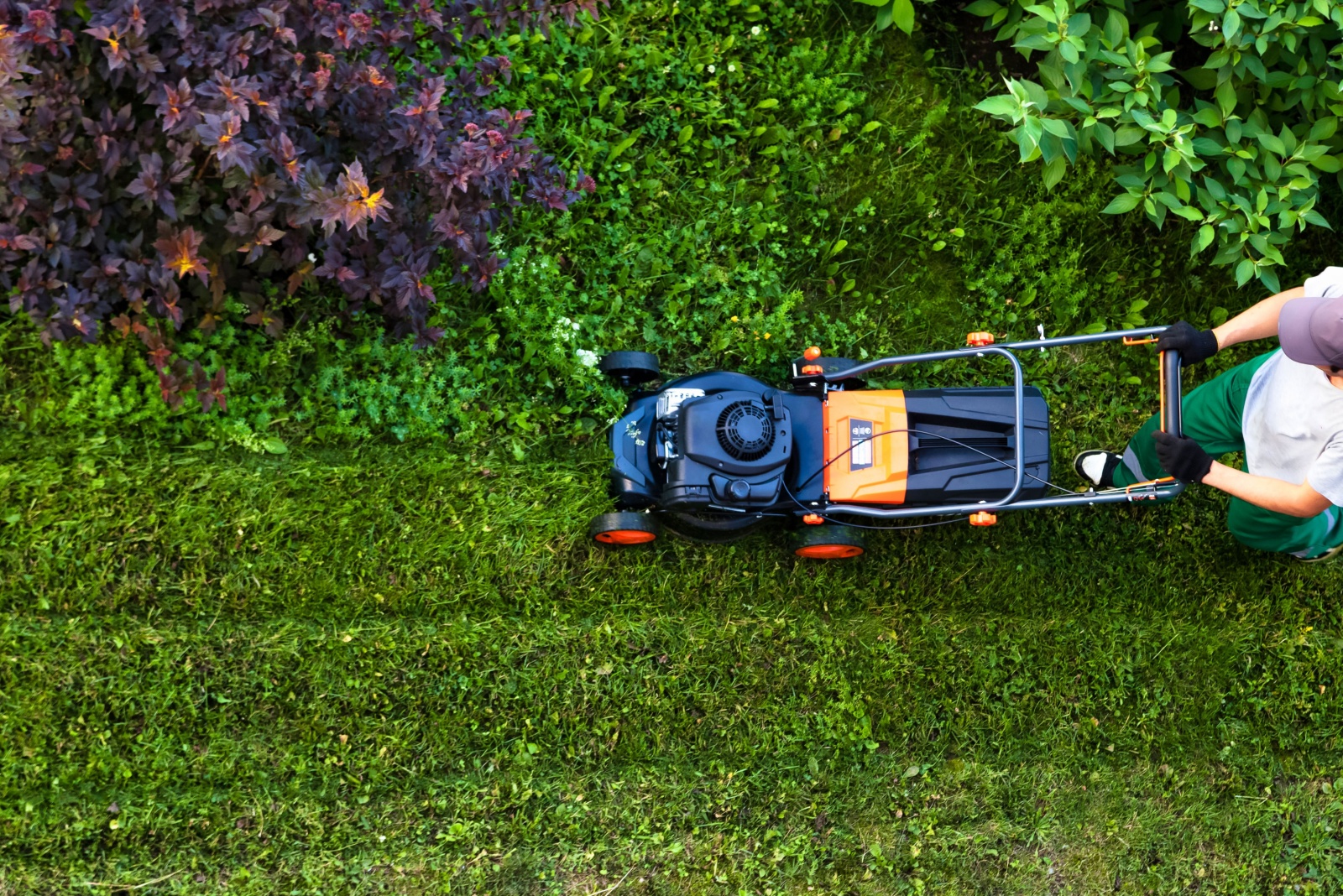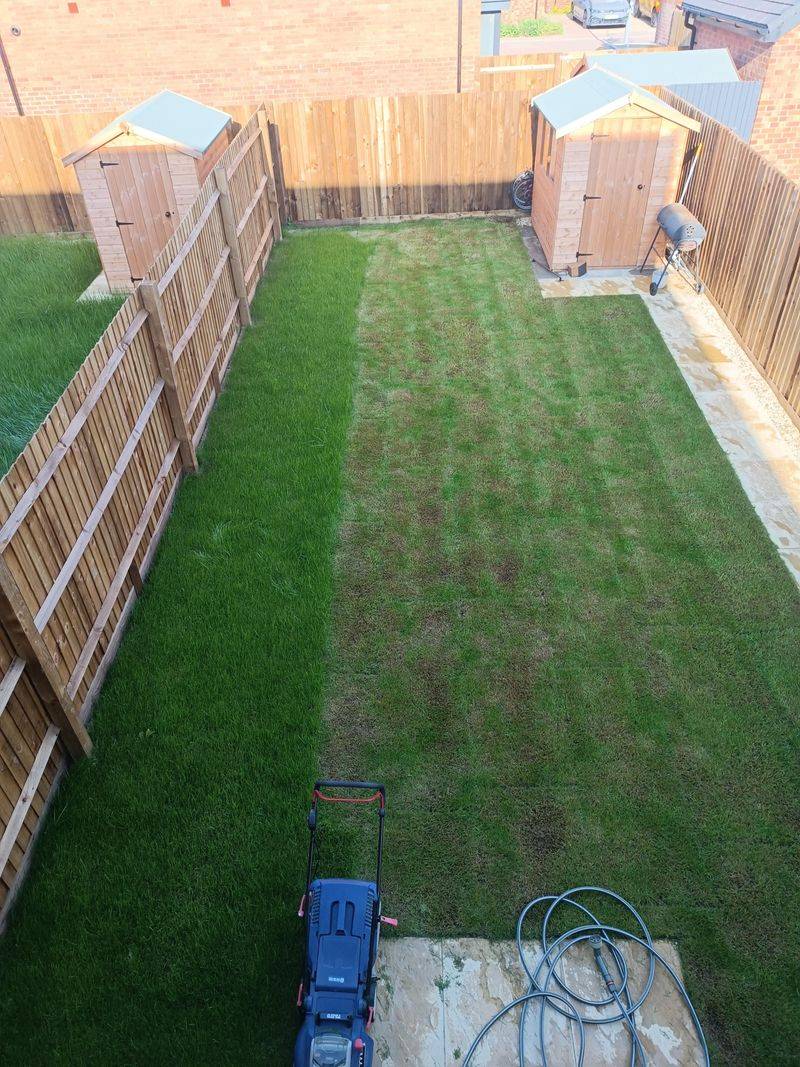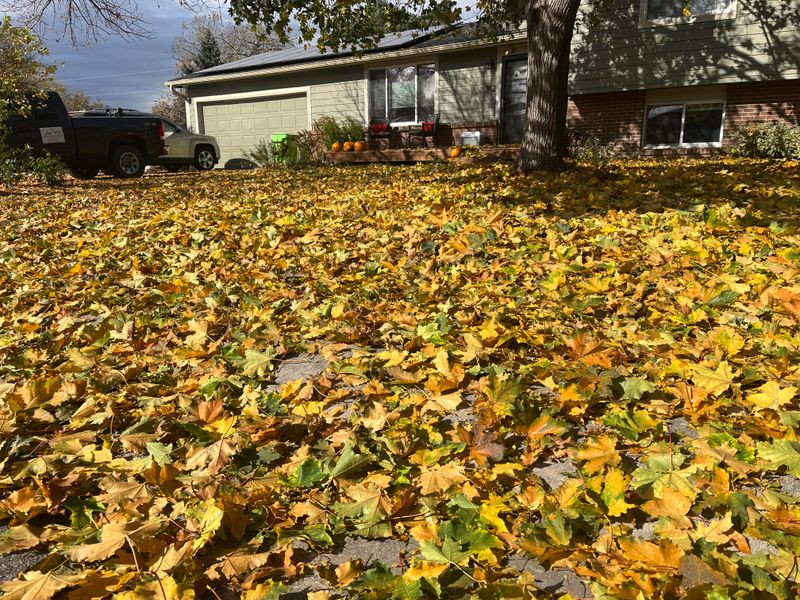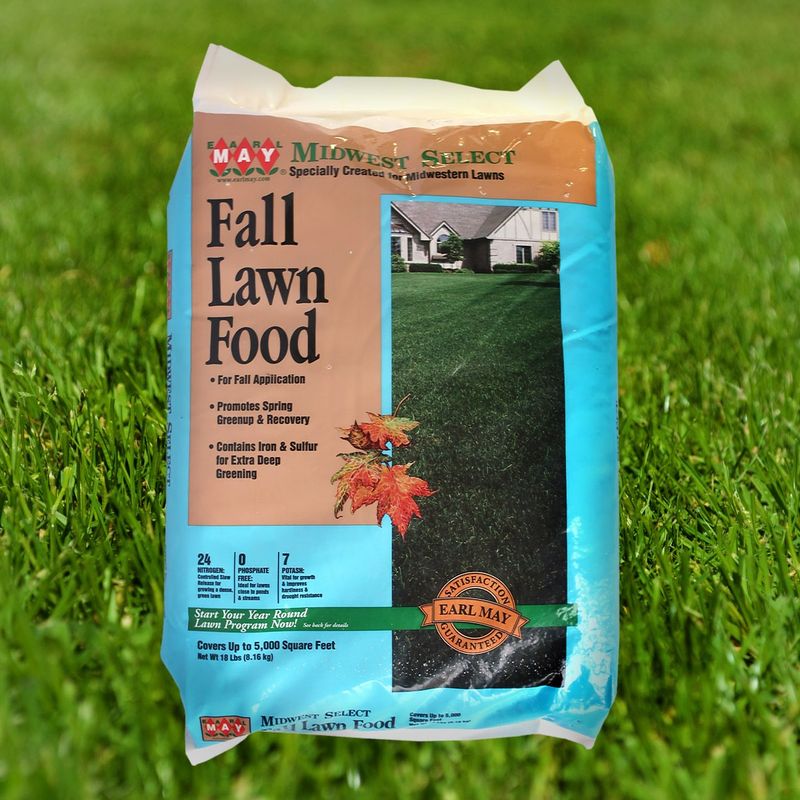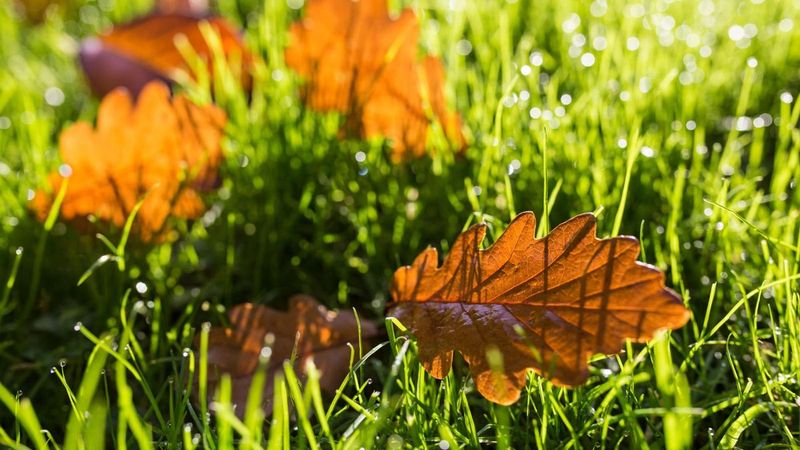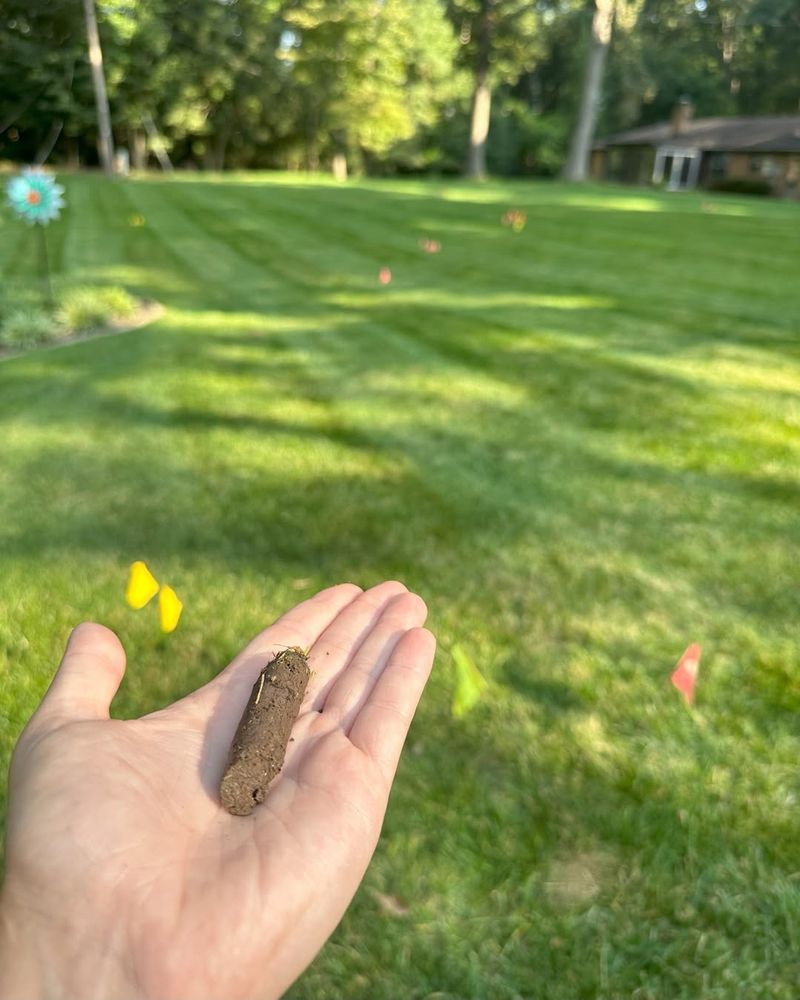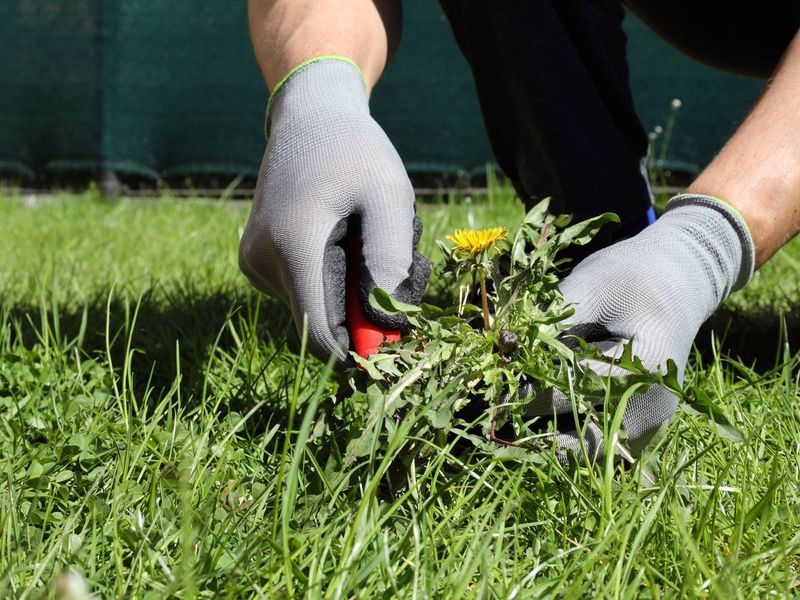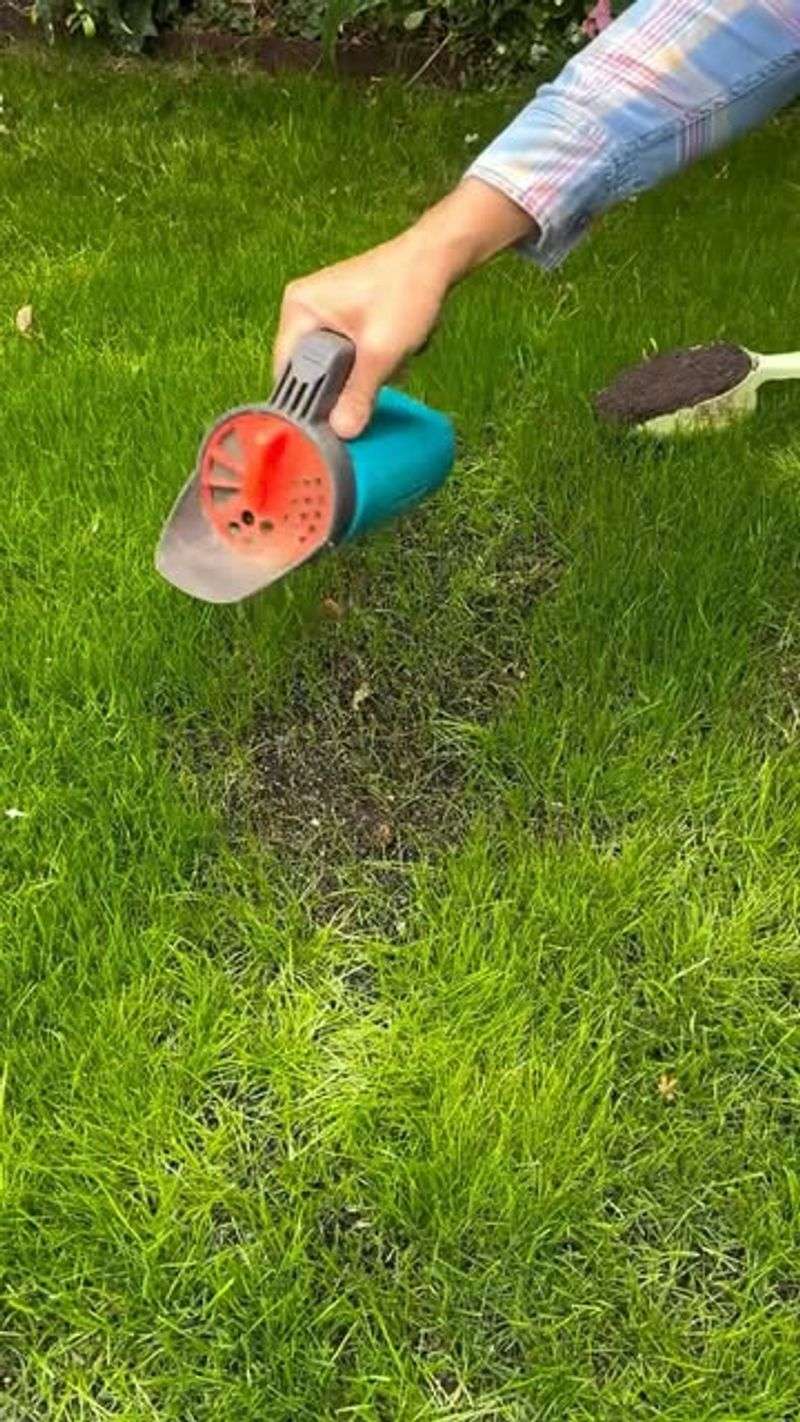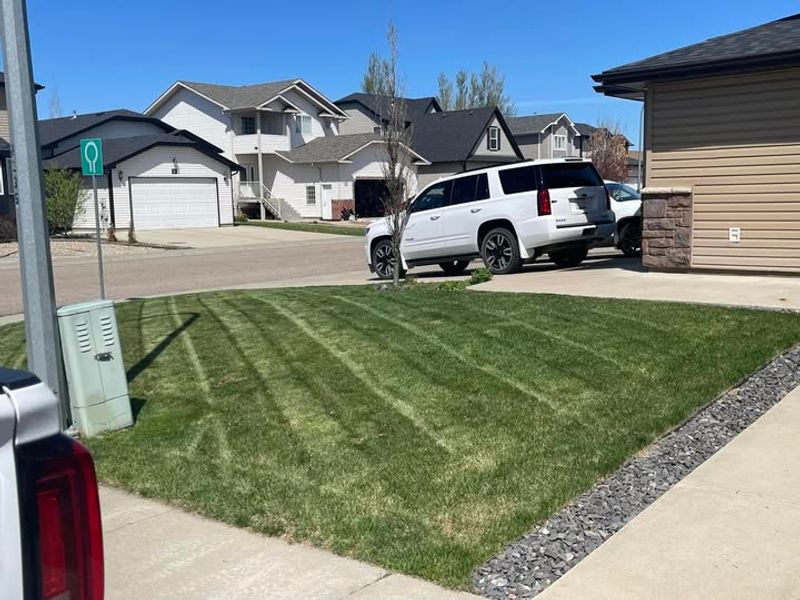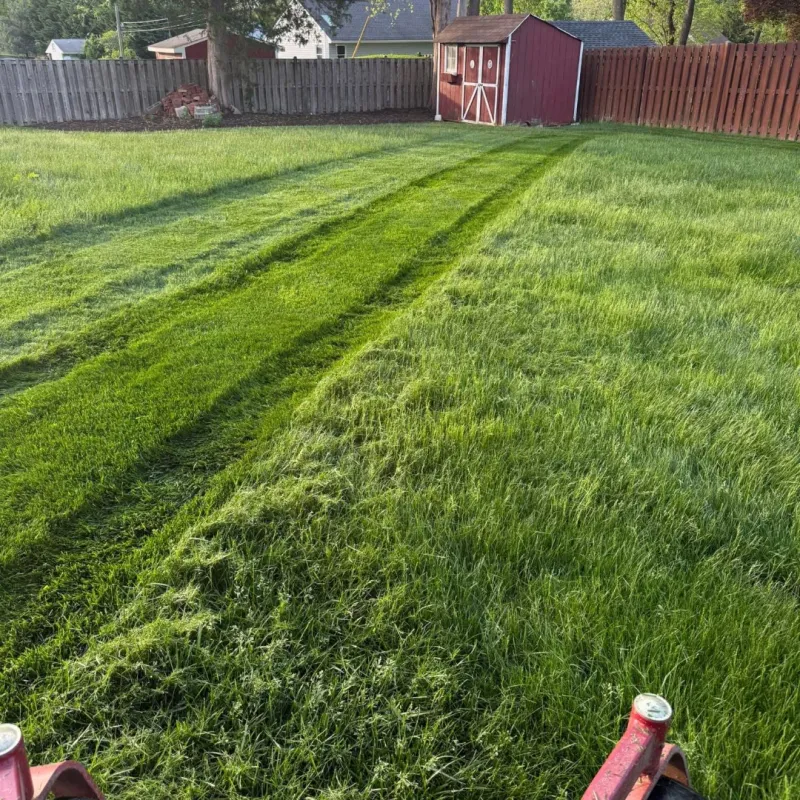Fall in Nebraska brings cooler temperatures and beautiful foliage, but it also brings lawn care challenges that many homeowners overlook.
Simple mistakes during autumn can damage your grass and leave your yard struggling when spring arrives. Understanding what to avoid now will help you maintain a healthy, vibrant lawn all year long.
1. Mowing Too Short Before Winter
Cutting grass too short before winter might seem like a time-saver, but it actually weakens your lawn significantly. Short grass exposes roots to harsh winter conditions and makes them vulnerable to frost damage.
Taller blades protect the crown of the grass plant and help insulate roots from freezing temperatures. Keep your grass at about 2.5 to 3 inches tall during your final fall mowing.
Proper height also prevents weeds from taking over bare spots come springtime.
2. Ignoring Fallen Leaves On The Lawn
Leaving piles of fallen leaves sitting on your grass all season long creates a suffocating blanket that blocks sunlight and traps moisture. Your grass needs light and air circulation to stay healthy, even during cooler months.
Heavy leaf layers also create perfect conditions for lawn diseases like snow mold to develop over winter. Rake or mulch leaves regularly throughout fall rather than waiting until they all drop.
Mulched leaves actually provide valuable nutrients back to your soil.
3. Skipping Fall Fertilization
Many homeowners think fertilizing is only a spring job, but fall feeding is actually more important for Nebraska lawns. Grass roots continue growing even after the green blades stop, storing energy for winter survival and spring recovery.
Fall fertilizer provides essential nutrients that strengthen root systems before the ground freezes. Choose a fertilizer with higher potassium content to improve cold tolerance.
Apply fertilizer in late September through early November for best results in Nebraska.
4. Overwatering As Temperatures Drop
Grass needs far less water during fall than during summer heat, yet many people keep their irrigation schedules unchanged. Cooler temperatures and increased rainfall mean your lawn requires minimal supplemental watering.
Overwatering during autumn promotes shallow root growth and creates conditions where fungal diseases thrive. Check soil moisture before watering and adjust your sprinkler system as temperatures decline.
Most Nebraska lawns need only occasional watering once October arrives, if any at all.
5. Forgetting To Aerate Compacted Soil
Compacted soil prevents water, air, and nutrients from reaching grass roots effectively, leading to thin, struggling lawns. Summer foot traffic and heavy equipment compact soil over time, making fall the perfect season for aeration.
Core aeration removes small plugs of soil, allowing roots to expand and breathe more easily. Fall aeration combined with overseeding helps fill in bare patches before winter.
Aerate when soil is moist but not soaking wet for easiest penetration and best results.
6. Using Summer Weed Treatments In Fall
Applying the wrong weed control products during fall can damage your grass and waste money without effectively killing weeds. Weeds behave differently in cooler weather, moving nutrients down to their roots rather than focusing on top growth.
Fall actually offers excellent opportunities for controlling perennial weeds because herbicides travel to root systems more effectively. Use fall-specific broadleaf weed killers when temperatures stay between 50-70 degrees.
Avoid weed-and-feed products late in season as they often contain wrong fertilizer ratios.
7. Neglecting To Overseed Bare Spots
Bare patches in your lawn become weed magnets by spring if left unaddressed during fall. Early autumn provides ideal conditions for grass seed germination, with warm soil and cooler air temperatures working together perfectly.
Grass seedlings have time to establish strong roots before winter dormancy sets in. Choose grass seed varieties suited to Nebraska’s climate, like Kentucky bluegrass or tall fescue blends.
Keep newly seeded areas consistently moist until seedlings reach mowing height for successful establishment and coverage.
8. Parking Vehicles On The Lawn
Parking cars, trucks, or heavy equipment on grass during fall causes severe soil compaction and kills grass in those areas. Fall soil tends to be softer due to moisture, making it even more vulnerable to damage from vehicle weight.
Compacted tire tracks create drainage problems and prevent grass regrowth in spring without extensive repair work. Heavy vehicles also damage grass crowns and root systems that cannot recover before winter.
Always use driveways or designated parking areas to protect your lawn investment year-round.
9. Stopping Lawn Care Too Early
Assuming lawn care season ends when leaves start falling leads to neglected grass that enters winter in weakened condition. Grass continues growing and needing attention well into late fall across Nebraska, sometimes until November.
Keep mowing as long as grass keeps growing, and continue monitoring for weeds, disease, and moisture needs. Your final mowing should happen just before the ground freezes for winter.
Consistent fall maintenance ensures your lawn emerges healthy and ready to thrive when warm weather returns next spring.

